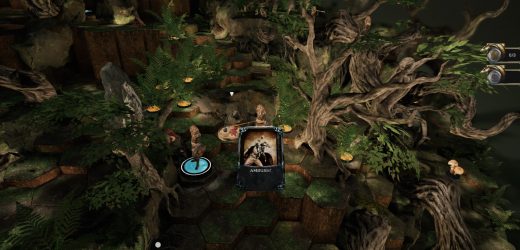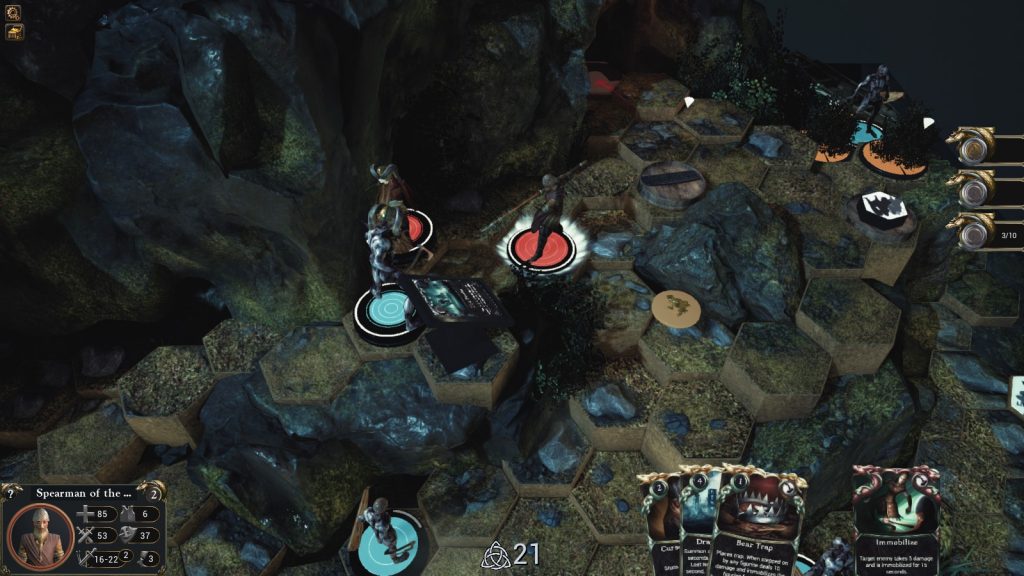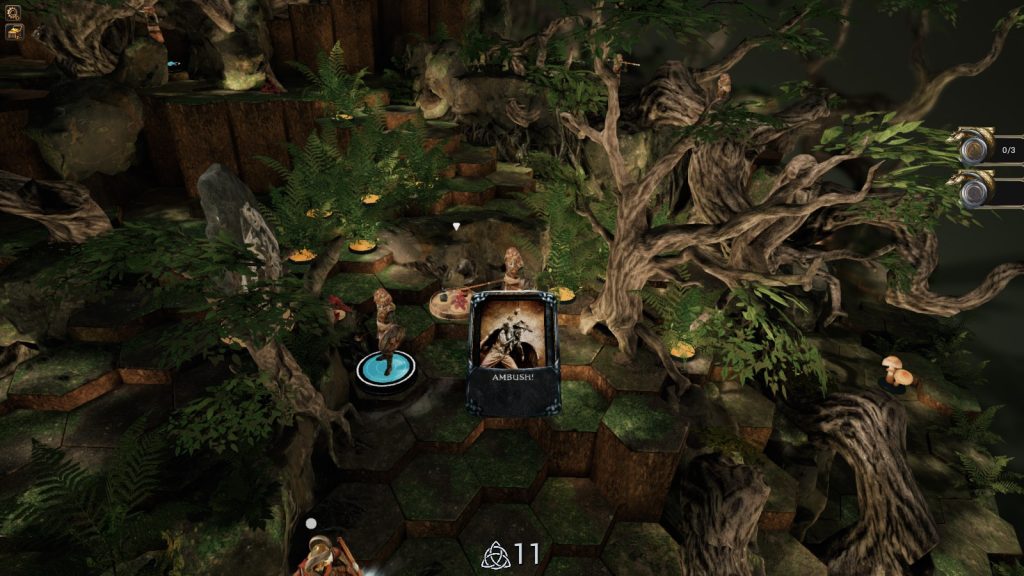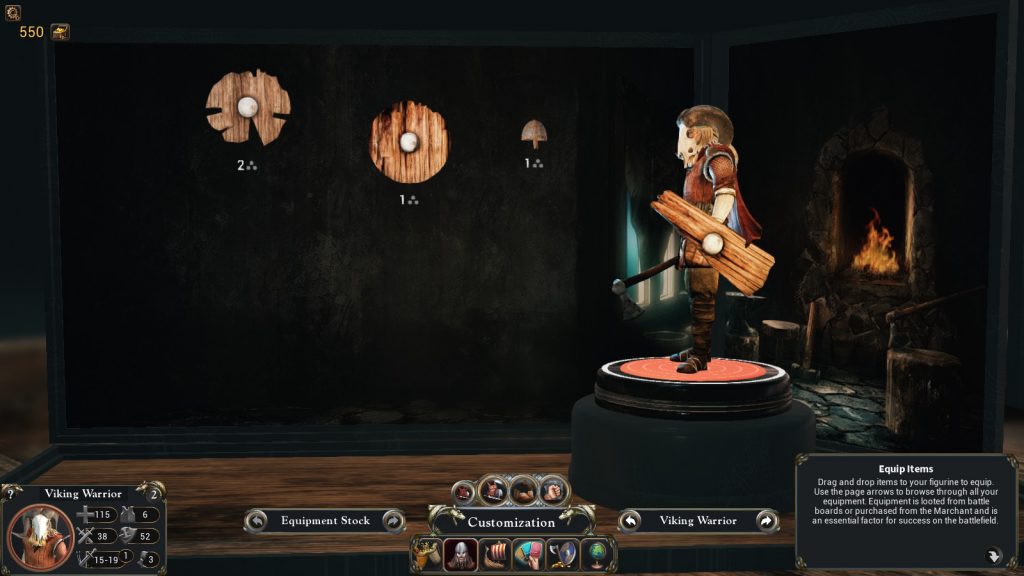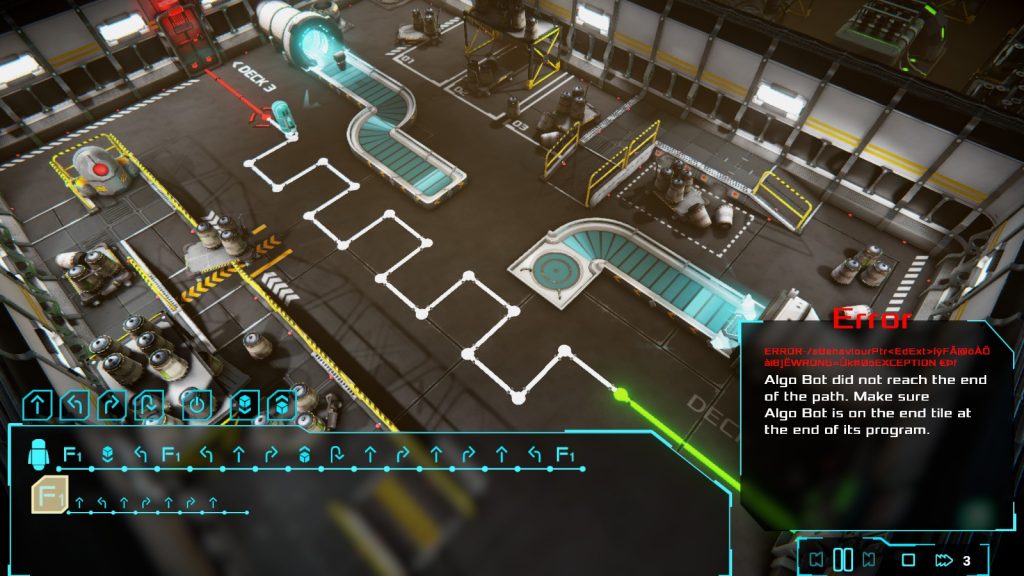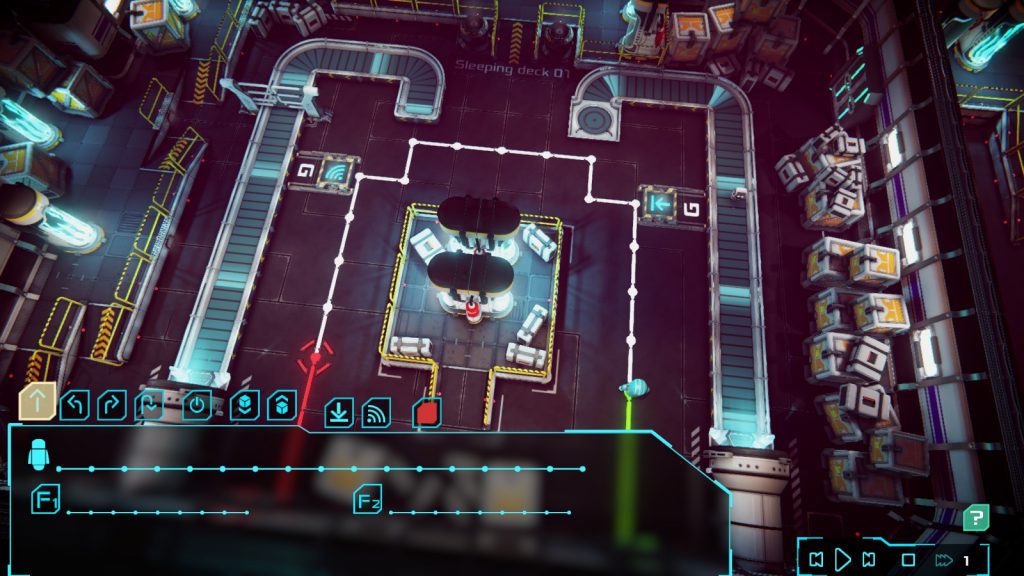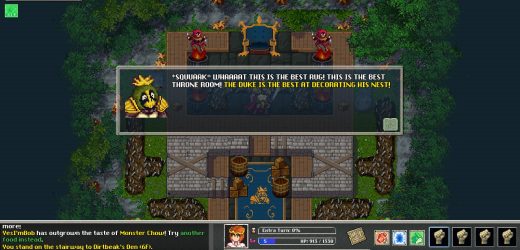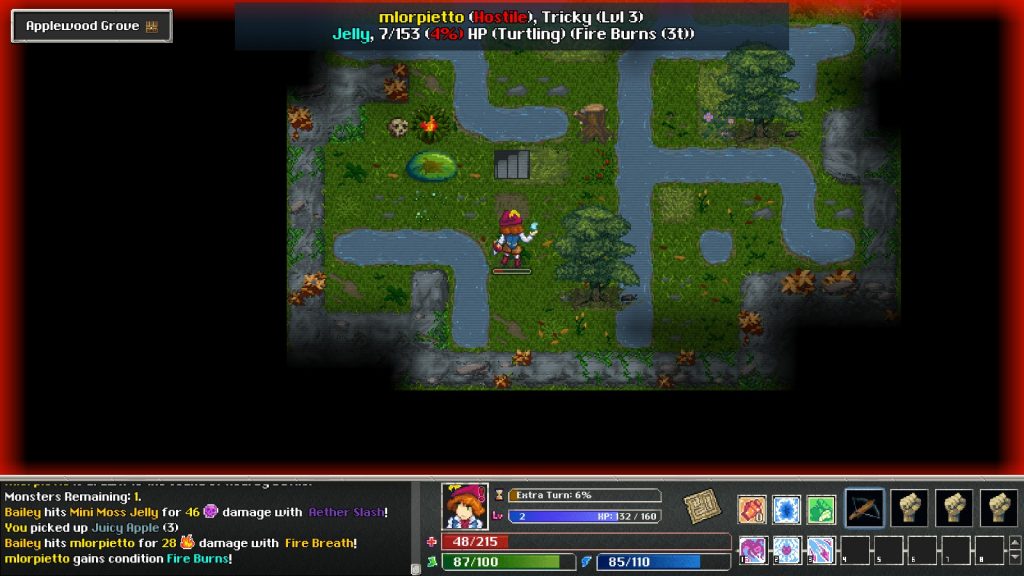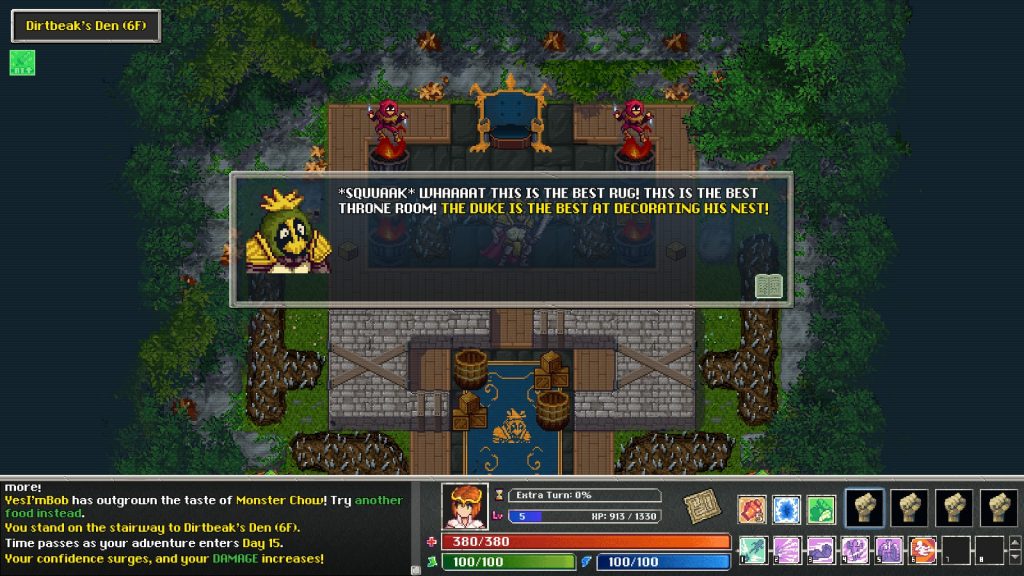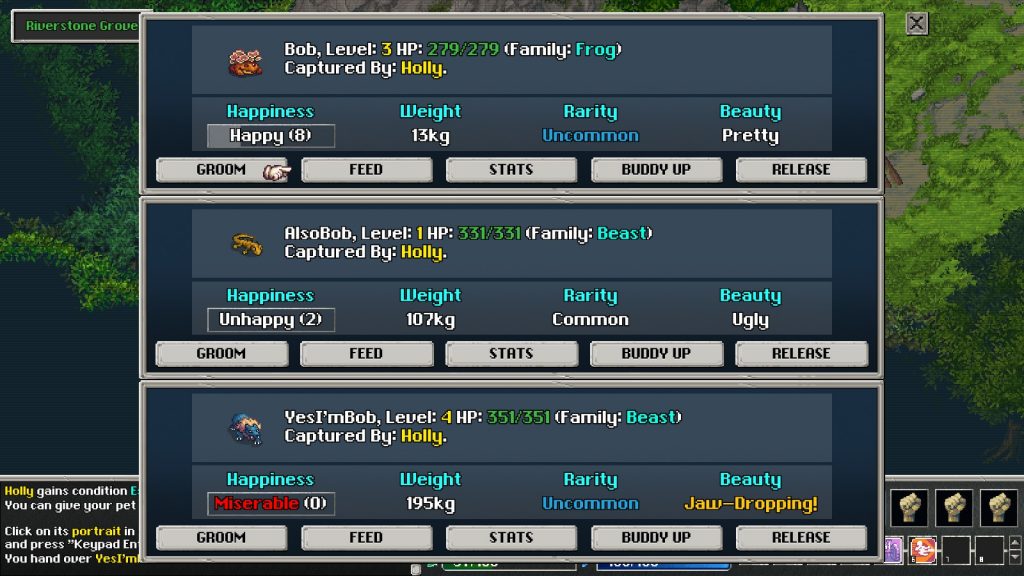Anchorhead (Review)
Source: Cashmoneys
Price: £7.19
Where To Get It: Steam
It is only now, in writing the events of this narrative, that I consider how I am to be viewed. Reader, do not consider me possessed, or speaking nonsense, for the events I write of actually happened, although I sometimes wish it was not to be.

Content warnings… And yet… I pressed on…
In my youth, I was fresh faced, always willing to explore the realms of the digital from its earliest incarnations. Sights I had witnessed, from the terminal to the advent of Gouraud and beyond. Oh, that I could tear such knowledge from my head, for time is an illusion!
Consider… Twenty years it had been, since last I visited Anchorhead, Massacheusets, and, stumblingly, witnessed the tragedy of Michael Verlac and his wife, and the terrifying, awesome words that comprised that tale. Indeed, words were my only means of witnessing, through some digital alchemy, interactivity that had its roots in the bubbling, chaotic cauldron of the birth of the games industry twenty years before. Twenty years, and twenty years, and maybe longer still, for it was itself related to the horrific prose of Lovecraft, whose prose was only rivalled by his now reviled beliefs.
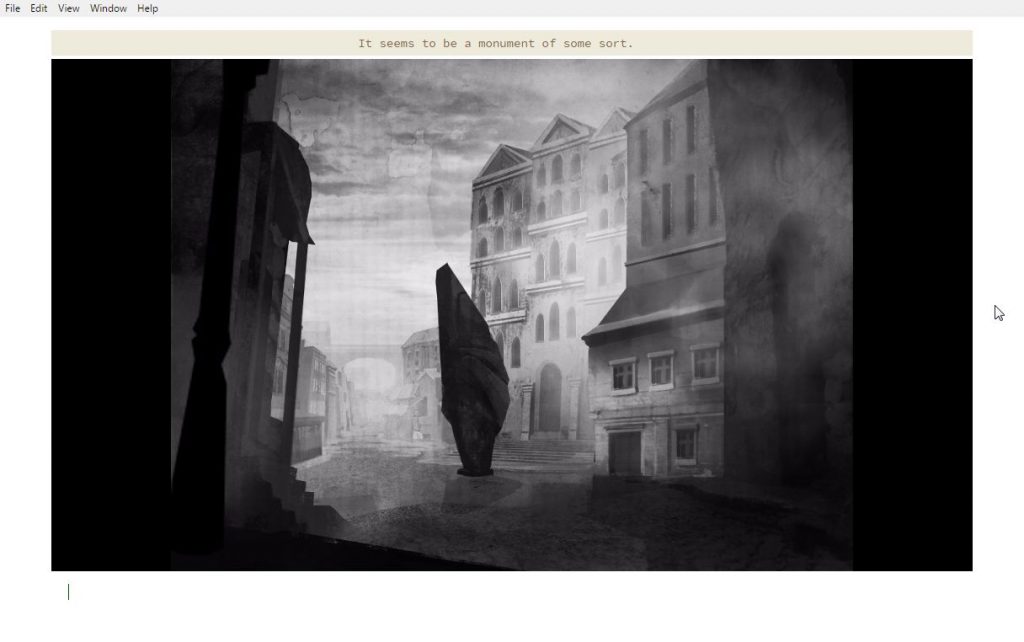
Knowing that eldritch monuments were often worshipped by fey cults of ill aspect, I made sure to check the exits to this ill omened square…
And yet… Before me, it stood. Anchorhead, once more. The same tragedy, replaying, calling me to save, and save often, warning me of its CONTENTS beforehand. And yet, G-d help me, I played the tragedy through once more. Through its haunted, prose filled streets. Listening, and urging the wife of Michael Verlac on through this tragedy, a multiplicity of horror, death, and, rarely, hope, stretching in front of me as I played the part of both demon and angel upon her shoulders. Only now, windows into the world, this other, shady world of gray and black and white horrors, added to my despair, for I knew that Anchorhead… Lived.
The window! It resizes! The font grows bigger, drawing me in! I must –
>HELP
The Mad Welshman found this review on his doorstep one morning, for the recently re-released Anchorhead, a critically acclaimed interactive fiction game. The author has yet to be found, although it is wished they are in good health…

